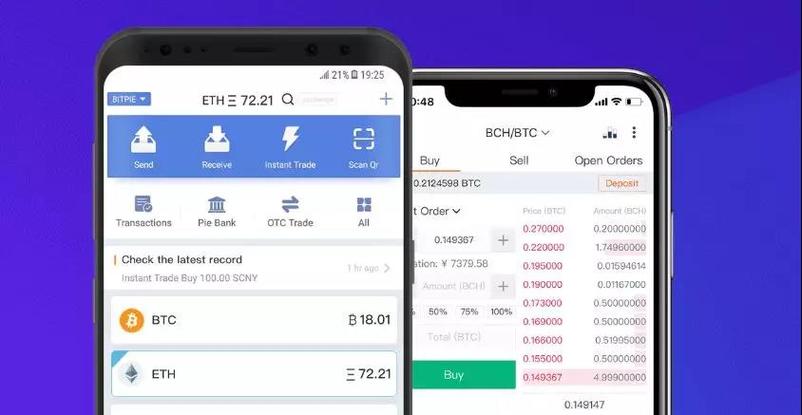
Convert ETH Blockchain to Database: A Comprehensive Guide
Converting the Ethereum blockchain into a database is a task that requires a deep understanding of both blockchain technology and database management. In this article, we will delve into the process, exploring various aspects such as the importance of this conversion, the tools needed, and the potential challenges you might encounter.
Understanding the Importance of Converting ETH Blockchain to Database
Before we dive into the technical details, it’s crucial to understand why converting the Ethereum blockchain to a database is beneficial. Here are a few reasons:

-
Improved Accessibility: Databases are designed to be easily accessible and searchable. By converting the blockchain to a database, you can make the data more user-friendly and accessible to a wider audience.
-
Enhanced Performance: Databases are optimized for fast data retrieval and processing. This can significantly improve the performance of applications that rely on blockchain data.
-
Scalability: Databases can handle large volumes of data more efficiently than blockchains. This makes it easier to scale your applications as your user base grows.
Tools and Technologies for Converting ETH Blockchain to Database
There are several tools and technologies available to help you convert the Ethereum blockchain to a database. Here are some of the most popular ones:

-
Ethereum JSON-RPC API: This is a simple and straightforward way to interact with the Ethereum blockchain. You can use the API to fetch transaction data and other relevant information.
-
Web3.py: This is a Python library that provides an easy-to-use interface for interacting with the Ethereum blockchain. It can be used to fetch transaction data and other relevant information.
-
Parity Substrate: This is a framework for building blockchain applications. It includes a database module that can be used to store blockchain data.
Step-by-Step Guide to Converting ETH Blockchain to Database
Now that we have an understanding of the importance and the tools involved, let’s go through a step-by-step guide to converting the Ethereum blockchain to a database:
-
Set up your development environment: Install the necessary software and libraries, such as Python, Web3.py, and a database management system like PostgreSQL or MySQL.
-
Fetch blockchain data: Use the Ethereum JSON-RPC API or Web3.py to fetch transaction data from the blockchain. You can use the following code snippet to fetch transaction data:
-
Store data in the database: Once you have fetched the transaction data, you can store it in your chosen database. Here’s an example of how to insert transaction data into a PostgreSQL database using Python:
-
Optimize the database: Once the data is stored in the database, you can optimize it for better performance. This may involve creating indexes, partitioning tables, or using caching mechanisms.
import web3 Connect to the Ethereum networkw3 = web3.Web3(web3.HTTPProvider('https://mainnet.infura.io/v3/YOUR_INFURA_PROJECT_ID')) Fetch transaction datatransactions = w3.eth.get_transaction_count('0xYourAddress') Print transaction dataprint(transactions)import psycopg2 Connect to the databaseconn = psycopg2.connect( dbname="your_dbname", user="your_username", password="your_password", host="your_host") Create a cursor objectcur = conn.cursor() Insert transaction data into the databasecur.execute("INSERT INTO transactions (hash, from_address, to_address, value) VALUES (%s, %s, %s, %s)", (transaction.hash, transaction.from_address, transaction.to_address, transaction.value)) Commit the changesconn.commit() Close the connectioncur.close()conn.close()Potential Challenges and Solutions
Converting the Ethereum blockchain to a database is not without its challenges. Here are some of the potential challenges and their solutions:
-
Large Data Volumes: The Ethereum blockchain contains a vast amount of data. To handle this, you may need to use a distributed database system or a cloud-based solution.
-
Consistency: Ensuring data consistency between the blockchain and the database can be challenging. You can use techniques like blockchain synchronization to





